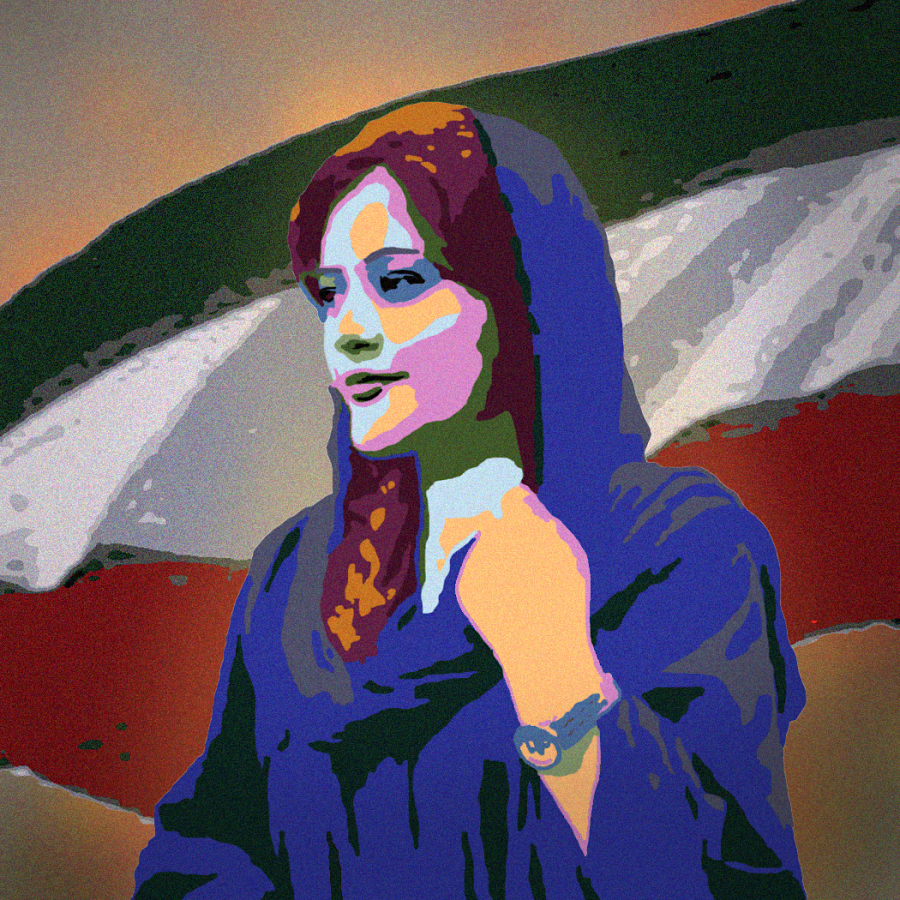Create a conflict resources page for Iran hijab protests
October 24, 2022
Every so often, something happens across the world that beckons an international call to action. People march, rally and protest for better days – even if their own livelihood is not the one at stake.
“Zan, zendegi, azadi,”or “women, life, freedom” in English, has become the slogan behind the ongoing protests in Iran. The feminist revolution following Mahsa Amini’s death has sparked widespread uproar and gatherings globally – including multiple solidarity events week after week in Austin. One of those protests drew an estimated 400 people.
Though the community has shown support for this issue, UT lacks a central space to spread information about Austin’s solidarity gatherings for Iran in a way that is easily accessible beyond the Middle Eastern Department’s students.
The Center for Middle Eastern Studies should create a Conflict Resources website for students looking to learn about the recent uprisings in Iran or get involved with Austin’s protests against the Islamic Republic’s morality police.
Shirin Nazari, a government freshman who participates in Iranian cultural events hosted by UT, explained that students do most of the heavy lifting when it comes to spreading awareness about events. The most significant advertising hub for the gatherings are fliers posted on Calhoun Hall’s fourth floor, where the Middle Eastern Department is located.
The student body has little access to information about protests, especially if they don’t know anyone attending – which is why a website is more necessary than ever.
A conflict resources website has been done before. UT’s Department of Slavic & Eurasian Studies produced a resource hub for the Ukrainian War, which became a central advertising method for Austin-specific events at the time. In doing something similar for Iran’s protests, the Center for Middle Eastern Studies would be amplifying qualified voices and bolstering related community events.
Cara Kierstad, a member of the Department of Slavic & Eurasian Studies’ Media and Outreach team, described how the department curated the website’s content to offer information to University students and staff.
“We requested contributions from our knowledgeable faculty, and utilized our online community,” Kierstead said. “We tried to offer not just actionable support for those in need, but also some history and context for why it might be happening in the first place.”
Creating a website as a resource hub is a convenient method of sharing accurate and relevant information during a time of international crisis. The Center for Middle Eastern Studies (CMES) should follow in the Slavic & Eurasian Studies’ footsteps.
Karen Grumberg, Director of the Center for Middle Eastern Studies, explained that a broader version of this is in its early stages for the CMES.
“We are actually working to put together a sort of current events series … it’s still taking shape, so I don’t want to say too much about it, but it was sparked by the situation in Iran,” Grumberg said.
While the idea of creating a hub for Middle Eastern events is an admirable long-term goal, the crisis in Iran requires immediate attention and action due to the rapidly-accelerating nature of these events. Creating a website for this specific purpose would make good use of the school’s academic connections and make information about an important event widely accessible.
Hosseini is an International Relations freshman from Sugar Land, Texas.



